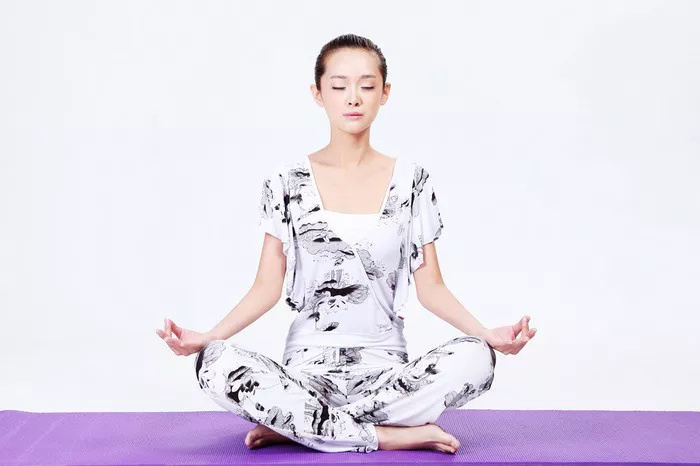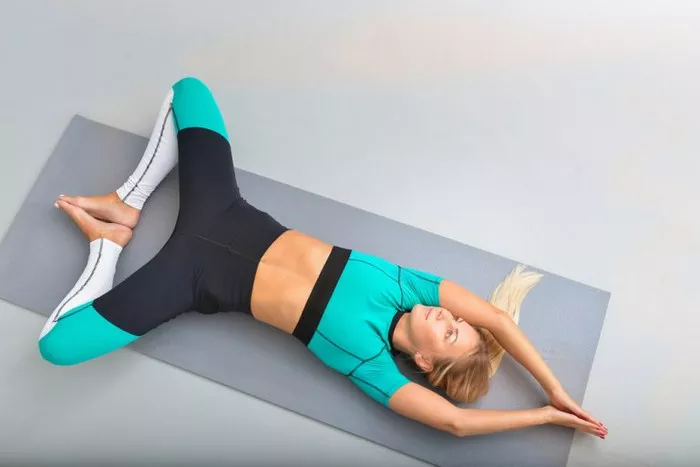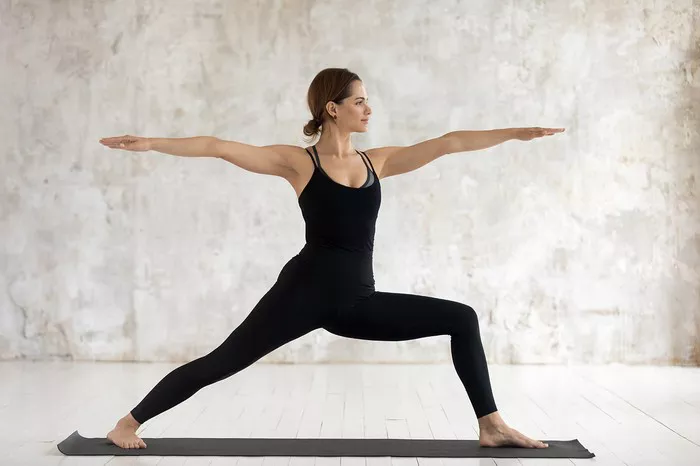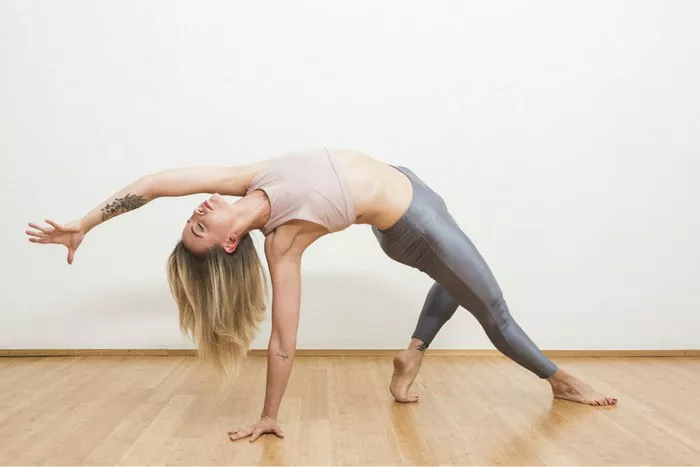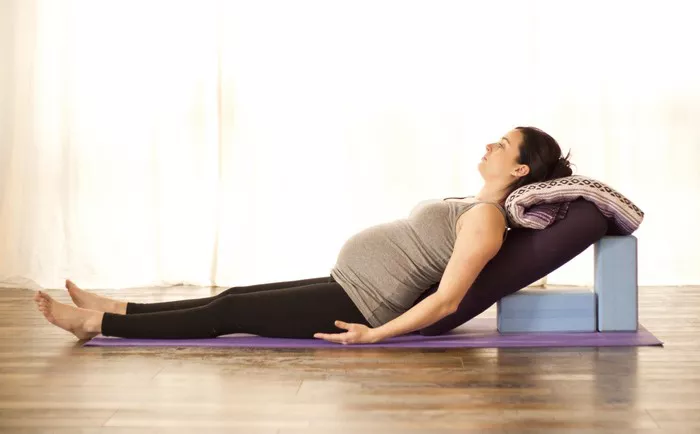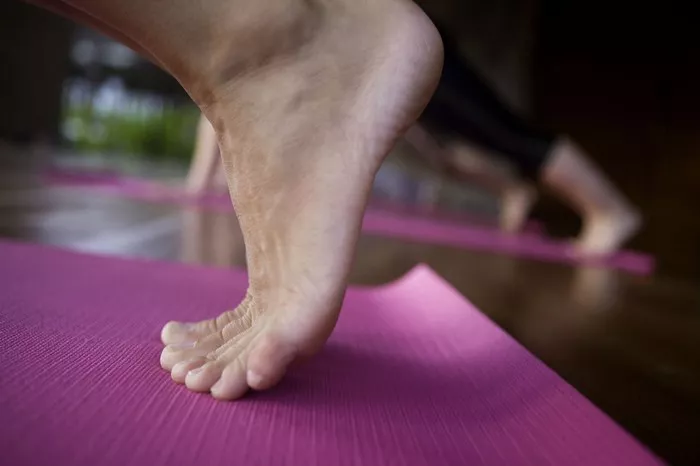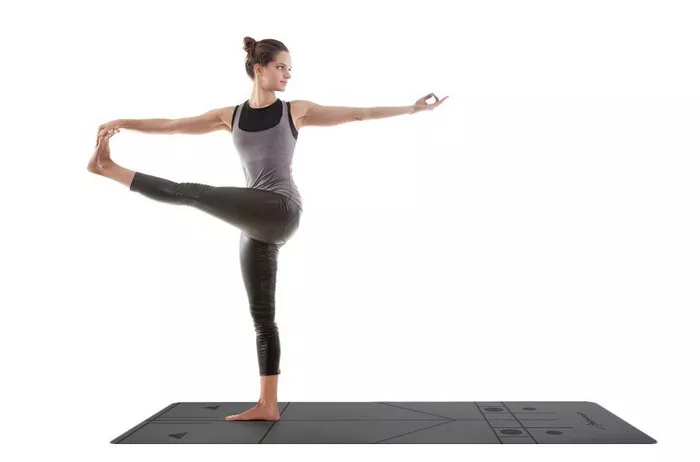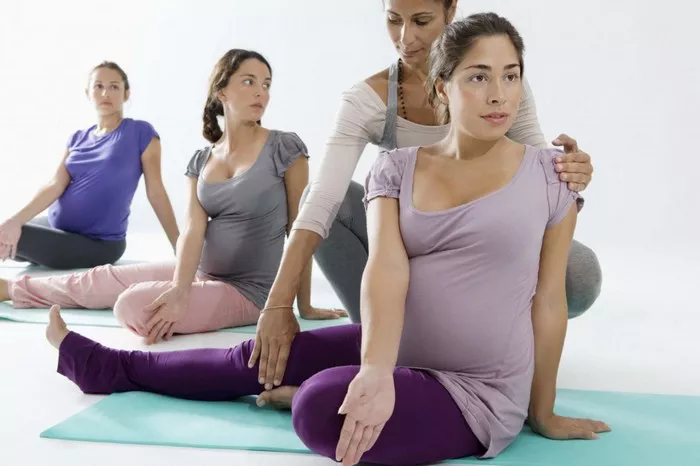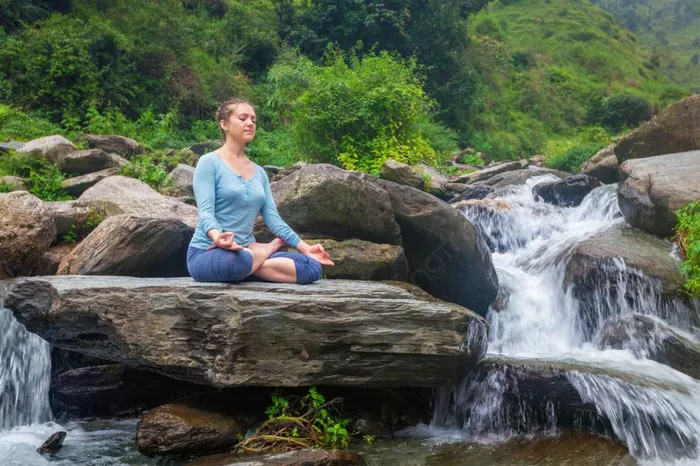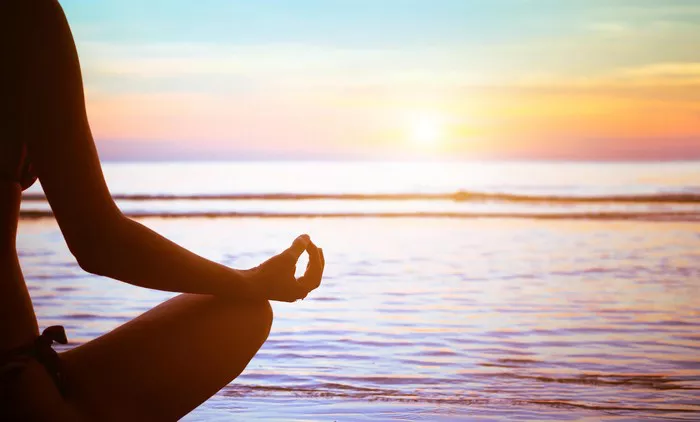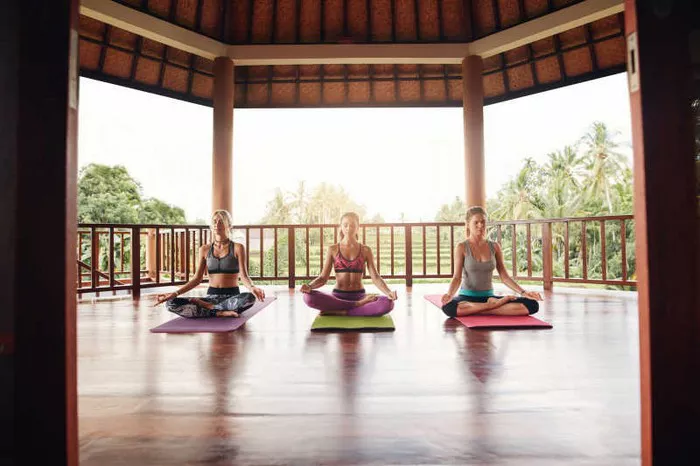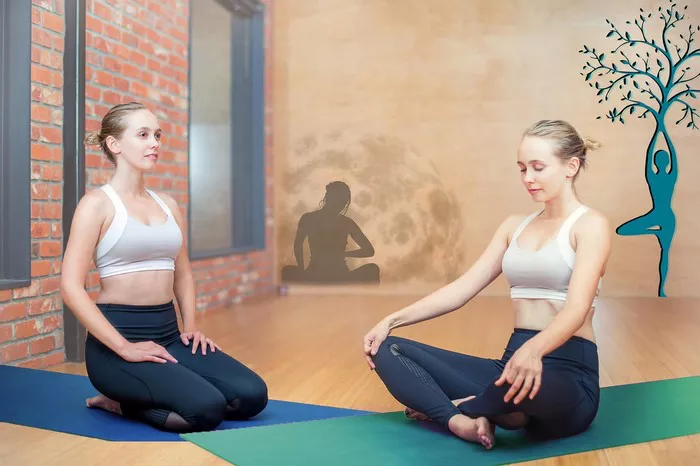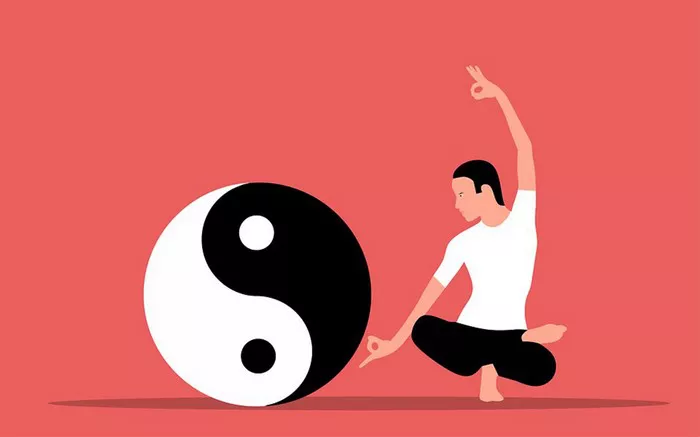Yoga, an ancient practice rooted in Indian tradition, has evolved over thousands of years. It encompasses physical postures (asanas), breath control (pranayama), and meditation, offering numerous benefits for physical and mental well-being. Among the vast array of yoga poses, there are four foundational postures that are considered original or fundamental. These asanas form the basis of many modern yoga sequences and embody the core principles of stability, flexibility, and mindfulness. In this article, we will explore these four original yoga poses, their significance, benefits, and how to perform them correctly.
1. Padmasana (Lotus Pose)
Padmasana, or Lotus Pose, is one of the most iconic and essential seated postures in yoga. It is traditionally used for meditation and pranayama practices.
Significance:
- Represents stability and inner peace.
- Enhances meditation by promoting proper spinal alignment and mental focus.
- Associated with higher states of consciousness in yogic philosophy.
How to Perform:
- Sit on the floor with your legs extended.
- Bend your right knee and place your right foot on your left thigh, sole facing upward.
- Bend your left knee and place your left foot on your right thigh in the same manner.
- Keep your spine straight, hands resting on your knees in a mudra (such as Chin Mudra or Jnana Mudra).
- Close your eyes, focus on your breath, and maintain the posture for a few minutes.
Benefits:
- Improves flexibility in the hips, knees, and ankles.
- Encourages relaxation and deep concentration.
- Stimulates the spine and pelvis, enhancing circulation and energy flow.
Modifications:
- Beginners can practice Half-Lotus (Ardha Padmasana) by placing only one foot on the opposite thigh while keeping the other foot on the floor.
- Using a cushion under the hips can make the pose more accessible.
2. Tadasana (Mountain Pose)
Tadasana, or Mountain Pose, is the foundational standing posture in yoga. It serves as a starting position for many standing asanas and helps cultivate body awareness.
Significance:
- Promotes grounding and stability.
- Teaches proper posture and balance.
- Enhances mindfulness in movement and breath.
How to Perform:
- Stand tall with feet together or hip-width apart.
- Distribute your weight evenly across both feet.
- Engage your thighs, lift your kneecaps slightly, and lengthen your spine.
- Roll your shoulders back and down, keeping your arms relaxed by your sides.
- Align your head with your spine, gaze forward, and breathe deeply.
Benefits:
- Improves posture and body alignment.
- Strengthens the legs, core, and back muscles.
- Enhances awareness of body positioning and breath control.
Modifications:
- If maintaining balance is challenging, keep your feet slightly apart.
- Practicing against a wall can provide additional support.
3. Dandasana (Staff Pose)
Dandasana, or Staff Pose, is a seated posture that serves as the foundation for many forward bends and seated poses in yoga.
Significance:
- Encourages a strong, upright posture.
- Prepares the body for deeper stretches and seated asanas.
- Strengthens the core and spine.
How to Perform:
- Sit on the floor with your legs extended straight in front of you.
- Flex your feet, keeping your toes pointing upward.
- Press your palms into the floor beside your hips.
- Engage your thigh muscles and lengthen your spine.
- Hold the pose while breathing steadily and maintaining an upright posture.
Benefits:
- Strengthens the back, core, and leg muscles.
- Improves posture and spinal alignment.
- Helps in alleviating lower back discomfort by building core stability.
Modifications:
- If sitting upright is difficult, place a folded blanket under your hips for support.
- Bend your knees slightly if you experience tightness in the hamstrings.
4. Savasana (Corpse Pose)
Savasana, or Corpse Pose, is a relaxation pose typically practiced at the end of a yoga session. It allows the body to absorb the benefits of the practice and promotes deep relaxation.
Significance:
- Encourages complete physical and mental relaxation.
- Helps integrate the effects of yoga postures and breathing exercises.
- Aids in stress relief and inner peace.
How to Perform:
- Lie on your back with your legs slightly apart and arms resting beside your body, palms facing upward.
- Close your eyes and take slow, deep breaths.
- Allow your body to fully relax, releasing tension from head to toe.
- Stay in the pose for 5-10 minutes, focusing on your breath and bodily sensations.
Benefits:
- Reduces stress, anxiety, and fatigue.
- Lowers blood pressure and promotes deep relaxation.
- Enhances awareness and mindfulness.
Modifications:
- Placing a rolled blanket under the knees can relieve lower back discomfort.
- If lying flat is uncomfortable, try supporting the head and upper body with cushions.
Conclusion
The four original yoga poses—Padmasana, Tadasana, Dandasana, and Savasana—form the foundation of a strong yoga practice. Each of these postures offers unique benefits and serves as a starting point for exploring more advanced asanas. Whether used for meditation, standing balance, seated strength, or deep relaxation, these fundamental poses help cultivate mindfulness, flexibility, and overall well-being. By practicing them regularly with proper alignment and breath awareness, practitioners can experience profound physical and mental benefits that enhance their yoga journey.
Related Topics:


